Home>Furniture & Design>Outdoor Furniture>How To Run Plumbing For An Outdoor Sink
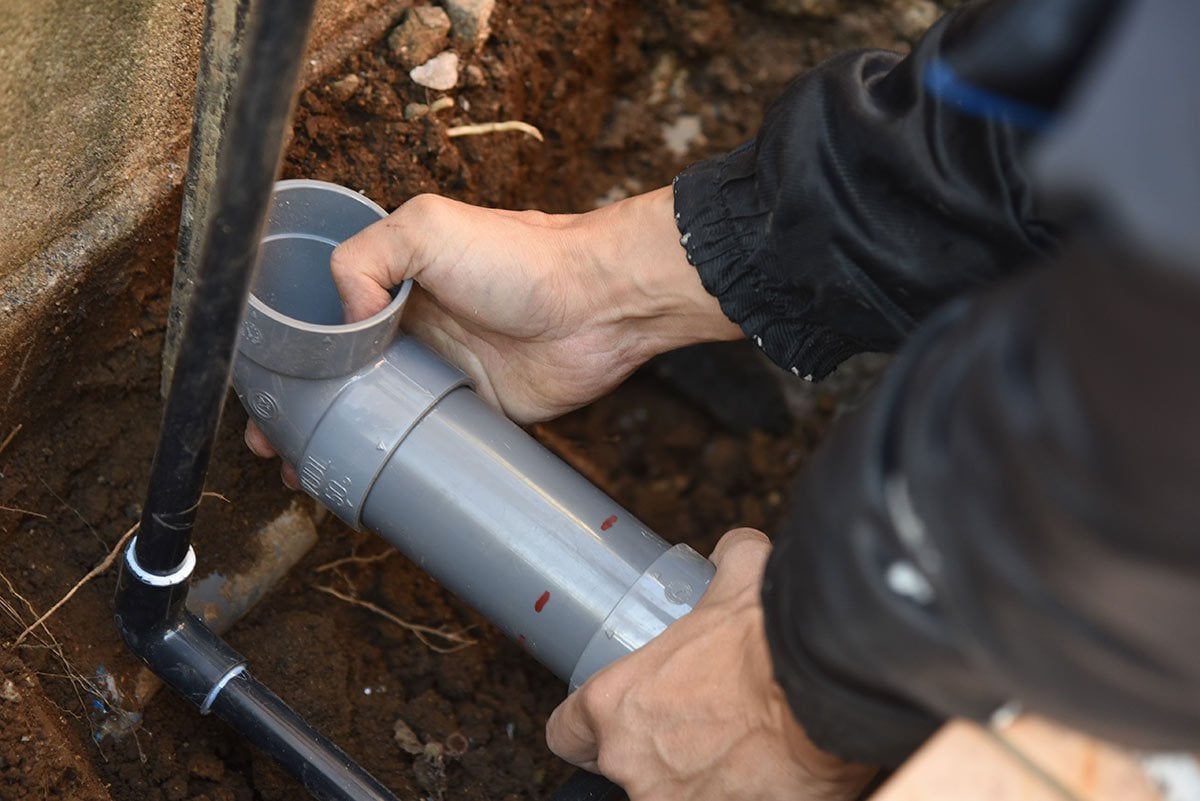

Outdoor Furniture
How To Run Plumbing For An Outdoor Sink
Modified: March 23, 2024
Learn how to run plumbing for an outdoor sink with our comprehensive guide. Create a functional and stylish outdoor space with our outdoor furniture and design tips.
(Many of the links in this article redirect to a specific reviewed product. Your purchase of these products through affiliate links helps to generate commission for Storables.com, at no extra cost. Learn more)
Introduction
Creating an outdoor sink can significantly enhance the functionality and convenience of your outdoor living space. Whether you're planning to set up an outdoor kitchen, a gardening station, or simply need a convenient spot for cleaning tools and hands, a well-designed outdoor sink can be a game-changer. However, before you can start enjoying the benefits of an outdoor sink, you'll need to run plumbing to the designated area. This process involves careful planning, strategic placement, and precise execution to ensure seamless functionality and durability.
In this comprehensive guide, we'll walk through the essential steps of running plumbing for an outdoor sink. From selecting the ideal location to connecting to the existing plumbing system, we'll cover everything you need to know to complete this project successfully. By the end of this guide, you'll have the knowledge and confidence to tackle this task and elevate the usability of your outdoor space.
So, roll up your sleeves and get ready to dive into the world of outdoor plumbing. Whether you're a seasoned DIY enthusiast or a novice looking to expand your skills, this guide will equip you with the insights and know-how needed to bring your outdoor sink vision to life. Let's embark on this plumbing adventure and transform your outdoor area into a functional and efficient oasis.
Key Takeaways:
- Planning and preparation are crucial for installing an outdoor sink. Consider the sink’s purpose, gather materials, and check local regulations to ensure a successful and efficient installation.
- Testing and maintenance are essential after installing outdoor sink plumbing. Thoroughly test the system for leaks and irregularities, and implement regular maintenance to uphold its functionality and longevity.
Read more: How To Plumb Outdoor Sink
Planning and Preparation
Before you grab your tools and start digging, it’s crucial to lay a solid foundation through meticulous planning and thorough preparation. This stage sets the tone for the entire project, ensuring that you have a clear roadmap to follow and all the necessary resources at your disposal.
First and foremost, assess the intended use of the outdoor sink. Will it primarily serve as a station for washing hands and tools, or are you planning to incorporate a full-fledged outdoor kitchen with a sink for food preparation and dishwashing? Understanding the primary function of the sink will guide the design and plumbing requirements.
Next, consider the layout of your outdoor space. Evaluate the proximity to existing water sources and drainage systems. If you’re integrating the sink into an outdoor kitchen, factor in the location of other appliances and work surfaces to optimize workflow and convenience.
Once you have a clear vision of the sink’s purpose and placement, it’s time to gather the necessary materials and tools. This may include PVC or PEX piping, fittings, a utility sink, a water supply line, a drain assembly, a shovel, a level, and appropriate safety gear. Ensuring that you have all the required components on hand will streamline the installation process and minimize delays.
Lastly, familiarize yourself with local building codes and regulations pertaining to outdoor plumbing. Some areas may have specific requirements for outdoor fixtures, and obtaining the relevant permits, if necessary, is essential to avoid potential issues down the line.
By investing time in careful planning and meticulous preparation, you’ll lay a solid groundwork for the successful implementation of your outdoor sink plumbing. This proactive approach will help you anticipate potential challenges and streamline the entire installation process, setting the stage for a functional and efficient outdoor sink that seamlessly integrates with your outdoor living space.
Choosing the Right Location
When it comes to installing an outdoor sink, the location is a crucial consideration that can significantly impact its usability and convenience. Whether you’re envisioning a standalone sink for gardening tasks or a comprehensive outdoor kitchen setup, selecting the right spot sets the stage for a seamless and enjoyable outdoor experience.
Start by assessing the proximity to existing water and power sources. If possible, position the sink within a reasonable distance from the main water line and electrical outlets to minimize the need for extensive trenching and wiring. This strategic placement not only streamlines the installation process but also reduces associated costs and labor.
Consider the natural flow of your outdoor space and the intended use of the sink. For a gardening station, situating the sink near the garden beds or potting area can simplify watering tasks and provide a convenient spot for cleaning gardening tools. In the context of an outdoor kitchen, align the sink with the overall layout, ensuring easy access from cooking and dining areas while maintaining a harmonious flow of movement.
Furthermore, take into account the terrain and ground stability. Opt for a level area that promotes proper drainage and minimizes the risk of standing water around the sink. If the ground is uneven, consider the necessary steps to level the surface, such as adding a gravel base or using retaining wall blocks to create a stable foundation for the sink.
Additionally, factor in privacy and aesthetics. If you’re installing the sink in a visible area of your outdoor space, consider how it integrates with the overall landscape and whether any privacy measures, such as strategic plantings or screens, are needed to create a comfortable and inviting environment.
By carefully evaluating these factors and selecting the optimal location for your outdoor sink, you’ll set the stage for a seamless installation and long-term satisfaction. The right placement ensures that the sink becomes a functional and aesthetically pleasing addition to your outdoor living space, enhancing both practicality and visual appeal.
Gathering Materials and Tools
Equipping yourself with the right materials and tools is a critical step in ensuring a smooth and efficient installation of plumbing for your outdoor sink. By assembling the necessary components and resources beforehand, you’ll streamline the process and minimize disruptions, allowing you to focus on the task at hand.
First and foremost, you’ll need to procure the appropriate piping and fittings for the water supply and drainage system. Depending on your preferences and local regulations, you may opt for PVC or PEX piping, along with corresponding connectors, elbows, and tees to facilitate the plumbing layout. It’s essential to select materials that are suitable for outdoor use and capable of withstanding varying weather conditions.
Next, consider the sink itself. Choose a durable and functional utility sink that aligns with your specific needs. Whether you require a single basin for basic tasks or a double basin sink for added versatility, ensure that it’s designed for outdoor applications and equipped with a compatible drain assembly.
For the water supply line, gather the necessary components, including shut-off valves, flexible tubing, and adapters to connect to the main water source. Additionally, acquire a suitable outdoor faucet that complements the design of your sink and provides reliable water access for various tasks.
- Utility Sink
- PVC or PEX Piping
- Fittings and Connectors
- Shut-off Valves
- Flexible Tubing
- Adapters
- Outdoor Faucet
When it comes to tools, gather a comprehensive set that encompasses both excavation and plumbing tasks. A sturdy shovel, a level for ensuring proper alignment, and a trenching tool will aid in preparing the site and creating the necessary trenches for the plumbing lines. Additionally, have a pipe cutter, wrenches, and PVC cement or PEX crimping tools on hand to facilitate the assembly and installation of the plumbing components.
Lastly, prioritize safety by acquiring appropriate protective gear, including gloves, safety goggles, and, if needed, a respirator for working with cement or other potentially hazardous materials.
By proactively gathering the essential materials and tools, you’ll set the stage for a successful outdoor sink plumbing installation. This proactive approach minimizes delays, ensures that you have everything you need at your fingertips, and paves the way for a seamless and efficient project execution.
Running Water Supply Lines
Running water supply lines for your outdoor sink is a pivotal step that demands precision and careful planning. Whether you’re connecting to an existing water source or extending the plumbing from the main supply line, this process sets the foundation for reliable water access and functionality.
Begin by identifying the most viable connection point to the main water line. If you’re integrating the outdoor sink into an existing outdoor kitchen or patio area, consider tapping into the water supply serving the adjacent indoor kitchen. This strategic approach minimizes the distance the water line needs to travel, reducing material requirements and simplifying the installation process.
If a direct connection to the indoor plumbing isn’t feasible, consult a professional to determine the best approach for extending the water supply line to the outdoor sink location. This may involve trenching to lay the new water line or exploring alternative solutions, such as utilizing a dedicated outdoor water supply with its shut-off valve for added convenience and control.
When it comes to the type of piping, PVC and PEX are commonly used for outdoor water supply lines. PVC pipes offer durability and resistance to corrosion, while PEX tubing provides flexibility and ease of installation, especially in cold weather conditions. Select the option that aligns with your specific needs and local building codes.
As you lay the water supply line, ensure that it’s buried at an appropriate depth to protect it from potential damage and freezing temperatures. Use a trenching tool to create a trench of sufficient depth, taking into account any required slope for proper drainage and adherence to local regulations.
Once the water supply line is in place, install shut-off valves and connect the outdoor faucet, ensuring secure and leak-free connections. Test the water supply system thoroughly, checking for any signs of leakage or irregular water flow. This meticulous approach ensures that your outdoor sink is equipped with a reliable and efficient water supply, ready to support a wide range of outdoor activities.
By following these steps and paying attention to detail, you’ll establish a robust water supply system for your outdoor sink, laying the groundwork for a functional and convenient outdoor workspace or kitchen area.
When running plumbing for an outdoor sink, make sure to use materials that can withstand outdoor elements, such as PVC or copper pipes. It’s also important to properly insulate and protect the pipes from freezing temperatures to prevent damage.
Read more: How To Run Plumbing In A House
Installing Drainage System
Establishing an effective drainage system for your outdoor sink is essential to ensure proper wastewater management and prevent potential water pooling or flooding in the surrounding area. By implementing a carefully planned drainage solution, you’ll maintain a clean and functional outdoor space while preserving the integrity of your landscaping.
Begin by determining the optimal location for the sink’s drain. This may involve assessing the natural slope of the terrain to facilitate proper water flow or strategically positioning the drain to align with existing drainage systems. If the outdoor sink is part of an outdoor kitchen setup, coordinate the drain placement with the overall layout to streamline wastewater management.
When it comes to the drainage components, a P-trap and suitable drain assembly are essential for capturing debris and preventing odors from entering the outdoor space. Ensure that the drain assembly is designed for outdoor use and capable of withstanding exposure to the elements, maintaining functionality and durability over time.
Excavate the area beneath the sink to accommodate the drainage system, taking care to create a stable and level base for the P-trap and drain assembly. Proper alignment and secure installation are crucial to prevent leaks and ensure efficient wastewater disposal.
If the outdoor sink is located in an area with limited natural drainage, consider incorporating a dry well or French drain to manage the wastewater effectively. These solutions promote proper water dispersion and absorption, reducing the risk of standing water and potential soil erosion around the sink.
As you assemble and install the drainage components, pay close attention to the connections and seals to prevent any potential leaks. Test the drainage system thoroughly by running water through the sink and observing the flow and disposal of wastewater. This comprehensive evaluation ensures that the drainage system operates seamlessly, effectively managing wastewater without compromising the surrounding outdoor environment.
By implementing a well-designed drainage system, you’ll create a functional and sustainable outdoor sink that complements your outdoor activities while preserving the cleanliness and integrity of your outdoor living space.
Connecting to Existing Plumbing
Integrating your outdoor sink with the existing plumbing system presents an opportunity to leverage the infrastructure already in place while ensuring seamless functionality and compliance with local regulations. Whether you’re connecting to indoor plumbing for a water supply or drainage, careful planning and precise execution are essential to achieve a successful integration.
When tapping into the indoor water supply, identify the most suitable access point, typically in proximity to the outdoor sink location. This may involve connecting to the water line serving the indoor kitchen or utility area, allowing for a streamlined extension of the water supply to the outdoor sink. Consult with a professional plumber to determine the optimal connection method and ensure compliance with building codes and regulations.
For the drainage system, connecting to the existing plumbing involves establishing a secure and efficient link to the indoor wastewater disposal system. This may entail tying into the existing drain line or creating a dedicated connection point for the outdoor sink, depending on the layout and configuration of the indoor plumbing.
As you navigate the process of connecting to the existing plumbing, prioritize the use of high-quality materials and fittings to ensure reliable and leak-free connections. Adhere to recommended installation practices and consider the potential need for backflow prevention devices or additional measures to safeguard the indoor plumbing system.
It’s important to engage the expertise of a licensed plumber or professional with experience in outdoor plumbing installations, especially when interfacing with the existing indoor infrastructure. Their insights and knowledge of local plumbing codes and best practices will contribute to a seamless and compliant integration, minimizing the risk of issues and ensuring long-term reliability.
By establishing a robust and well-executed connection to the existing plumbing, you’ll leverage the existing infrastructure to support the functionality of your outdoor sink while upholding the integrity and efficiency of the overall plumbing system.
Testing and Maintenance
Upon completing the installation of plumbing for your outdoor sink, thorough testing and proactive maintenance are essential steps to validate the functionality and longevity of the system. By conducting comprehensive tests and implementing a regular maintenance routine, you’ll ensure that your outdoor sink remains in optimal condition, ready to support a wide range of outdoor activities.
Commence the testing phase by running water through the sink and observing the entire water supply and drainage system for any signs of leaks or irregularities. Check the connections, fittings, and seals to verify that they are secure and effectively contain the water flow. Pay close attention to the drainage system, ensuring that wastewater is efficiently disposed of without any pooling or backup.
Inspect the water supply lines for consistent water pressure and address any fluctuations or issues that may arise during the testing process. This meticulous evaluation allows you to identify and rectify potential concerns before they escalate, promoting a reliable and efficient water supply for your outdoor sink.
Furthermore, assess the functionality of the outdoor faucet, ensuring smooth operation and reliable water access. Verify that the shut-off valves function correctly, providing convenient control over the water supply to the sink when needed.
As part of the maintenance regimen, periodically inspect the plumbing components for any signs of wear, corrosion, or damage. Address any minor issues promptly to prevent them from developing into larger, more complex problems that could compromise the functionality of the outdoor sink.
During colder months, take proactive measures to protect the outdoor plumbing from freezing temperatures. This may involve insulating exposed pipes and implementing temporary safeguards to prevent potential damage due to freezing conditions.
Regularly clean and maintain the drainage system, ensuring that the P-trap and drain assembly remain free from debris and obstructions. This proactive approach minimizes the risk of clogs and odors, preserving the efficiency and hygiene of the outdoor sink.
By incorporating thorough testing and proactive maintenance into your outdoor sink plumbing care routine, you’ll uphold the functionality and longevity of the system, ensuring that it remains a reliable and valuable asset in your outdoor living space.
Conclusion
Embarking on the journey of installing plumbing for an outdoor sink opens up a world of possibilities for enhancing the functionality and versatility of your outdoor living space. From creating a dedicated area for gardening tasks to establishing a fully equipped outdoor kitchen, the addition of a well-designed outdoor sink can elevate your outdoor experience and streamline various activities.
Throughout this comprehensive guide, we’ve delved into the essential steps and considerations involved in running plumbing for an outdoor sink. From meticulous planning and strategic location selection to the integration with existing plumbing and thorough testing, each phase of the process plays a crucial role in ensuring the successful implementation and long-term functionality of the outdoor sink.
By prioritizing careful planning and proactive preparation, you lay the groundwork for a seamless installation, minimizing potential challenges and maximizing the efficiency of the plumbing system. Selecting the optimal location, gathering the necessary materials and tools, and connecting to existing plumbing with precision contribute to a robust and reliable outdoor sink setup.
It’s essential to emphasize the significance of thorough testing and proactive maintenance in preserving the functionality and longevity of the outdoor sink plumbing. Regular inspections, addressing minor issues promptly, and implementing seasonal safeguards safeguard the system against potential disruptions and ensure consistent performance.
As you venture into the realm of outdoor sink plumbing, remember that attention to detail and a proactive approach are key to achieving a successful and enduring installation. Whether you’re tackling this project as a DIY enthusiast or seeking professional assistance, the insights and knowledge gained from this guide will empower you to create a functional and efficient outdoor sink that seamlessly integrates with your outdoor lifestyle.
With a well-executed plumbing system in place, your outdoor sink becomes a valuable asset, supporting a wide range of activities and contributing to the overall enjoyment and practicality of your outdoor living space. Embrace the possibilities, and let your outdoor sink serve as a testament to the seamless fusion of practicality and aesthetics in your outdoor oasis.
Frequently Asked Questions about How To Run Plumbing For An Outdoor Sink
Was this page helpful?
At Storables.com, we guarantee accurate and reliable information. Our content, validated by Expert Board Contributors, is crafted following stringent Editorial Policies. We're committed to providing you with well-researched, expert-backed insights for all your informational needs.
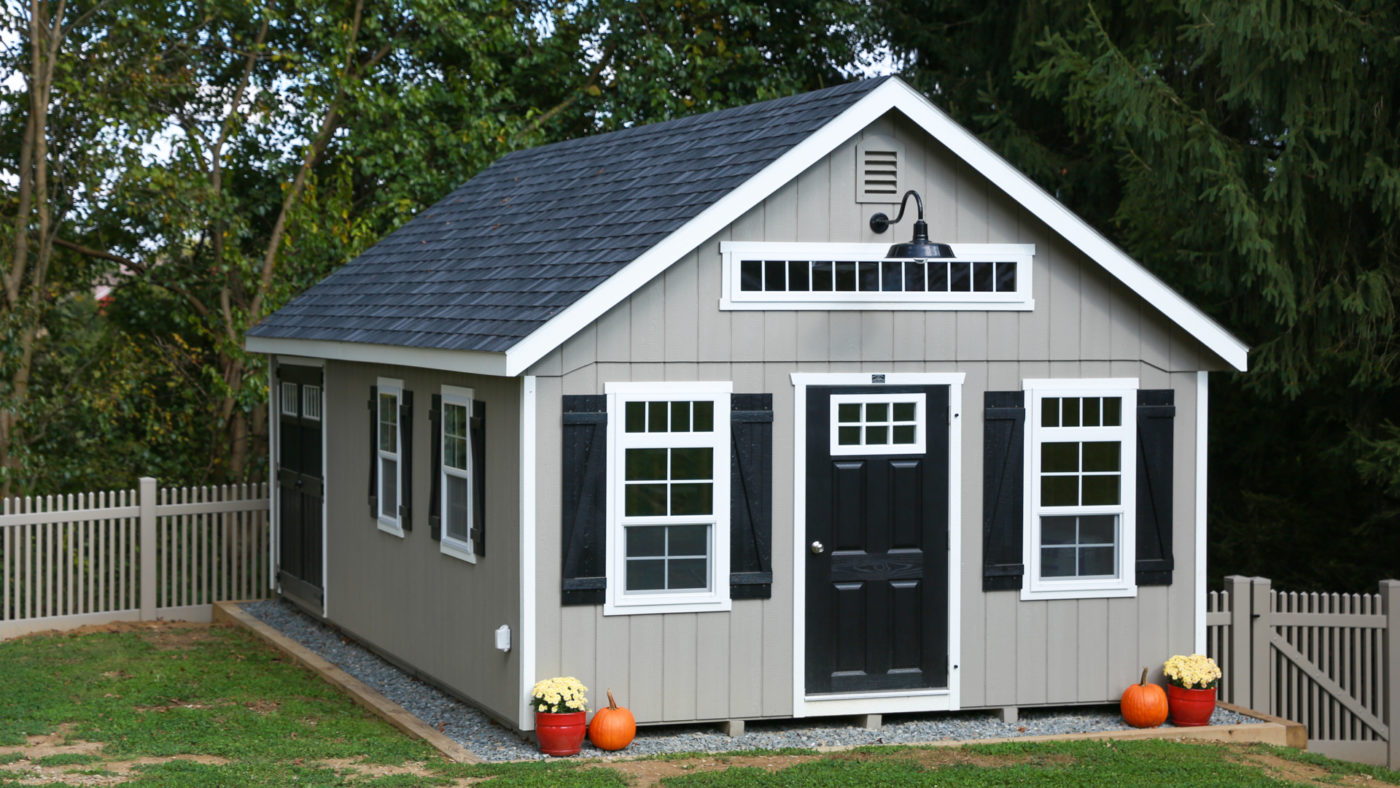
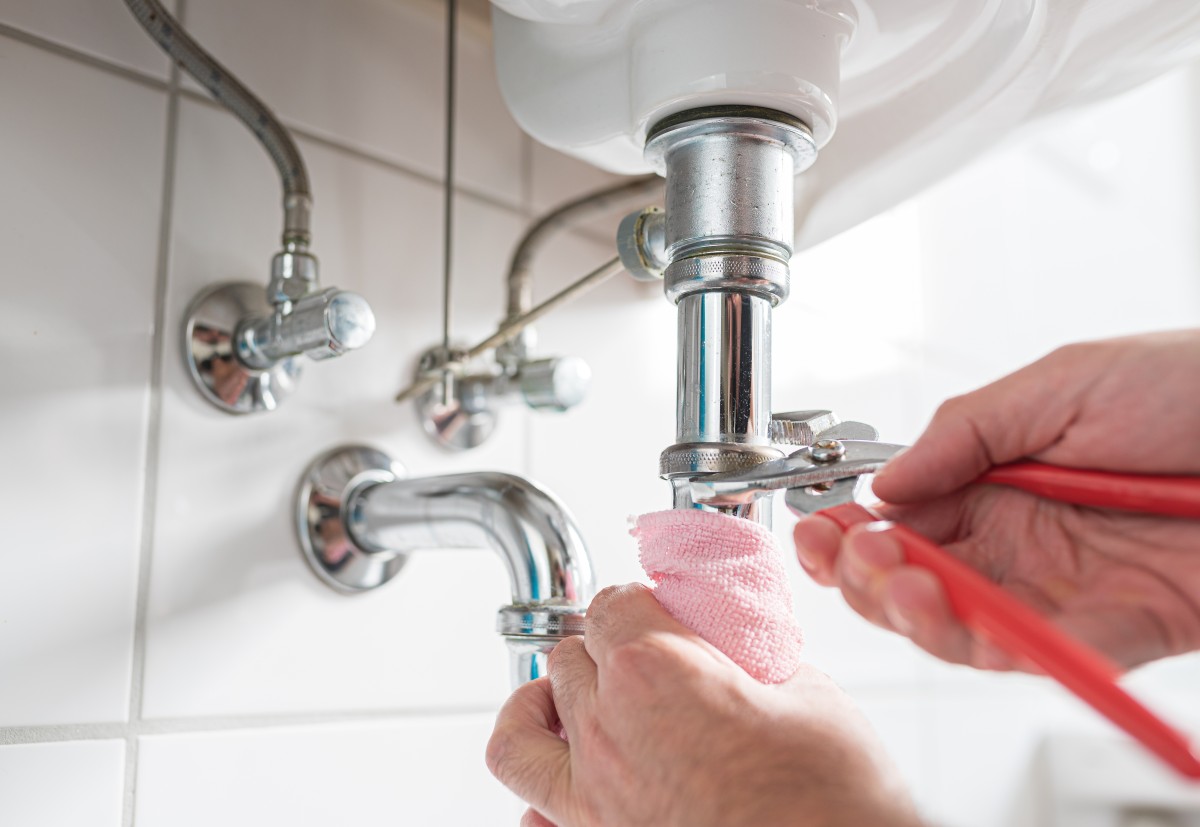
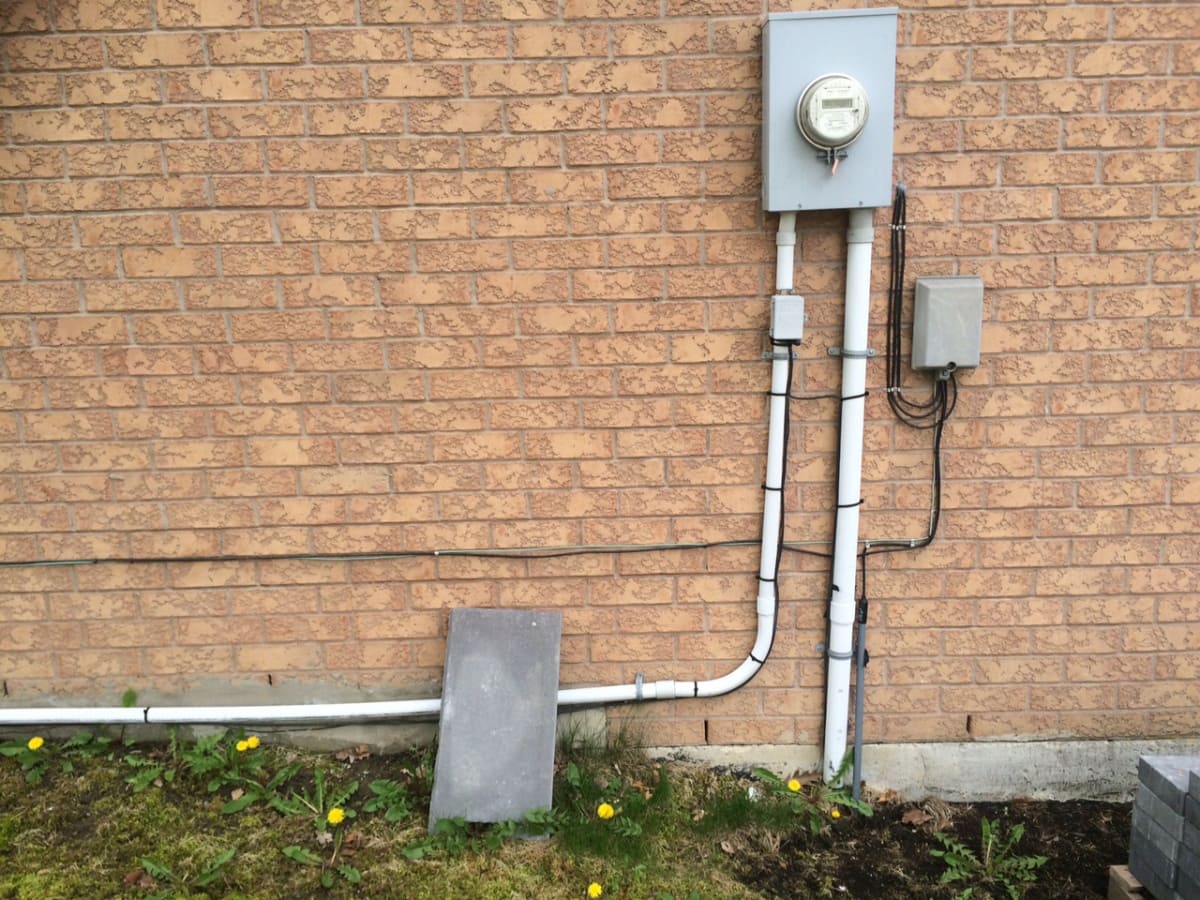
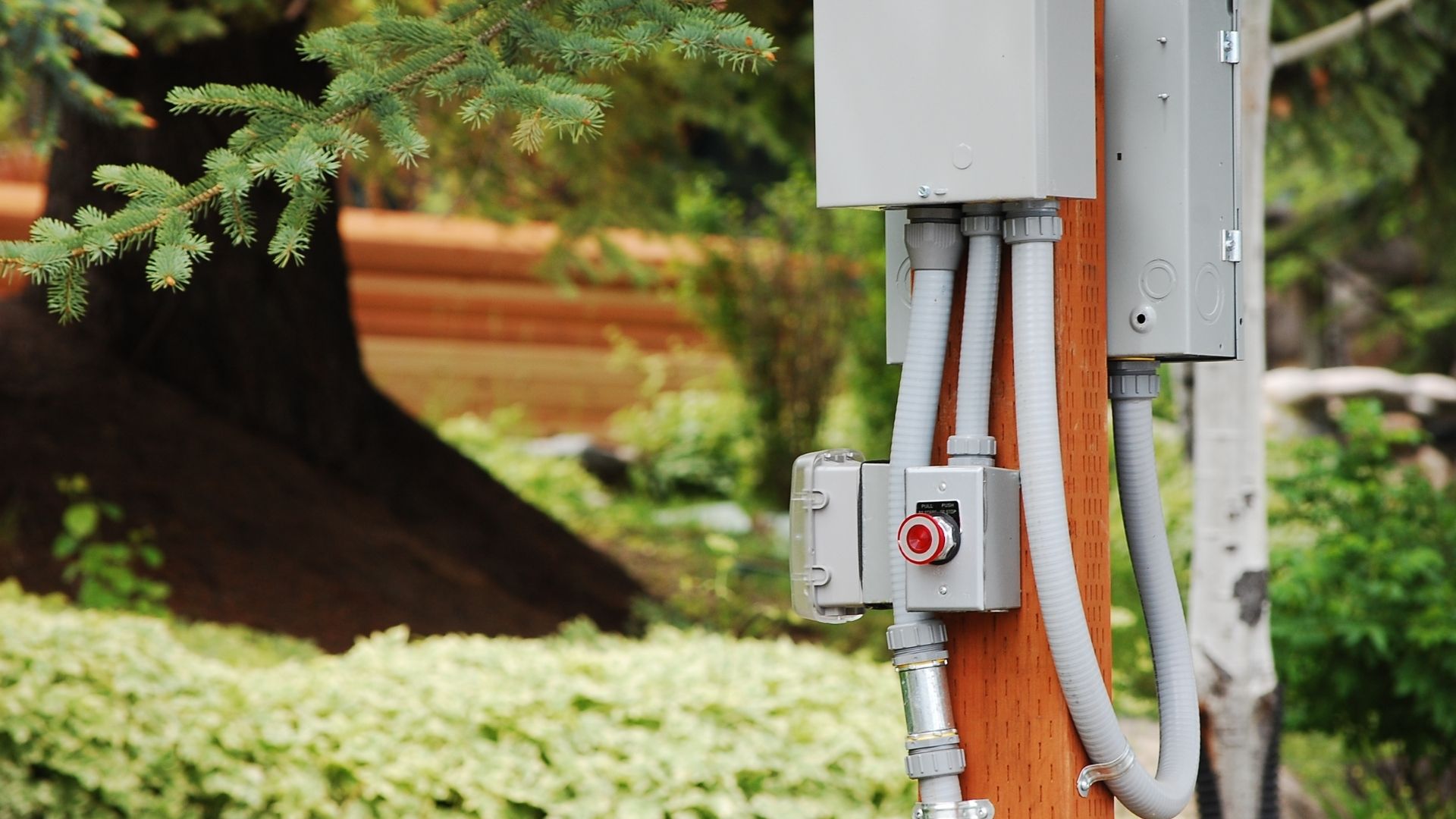
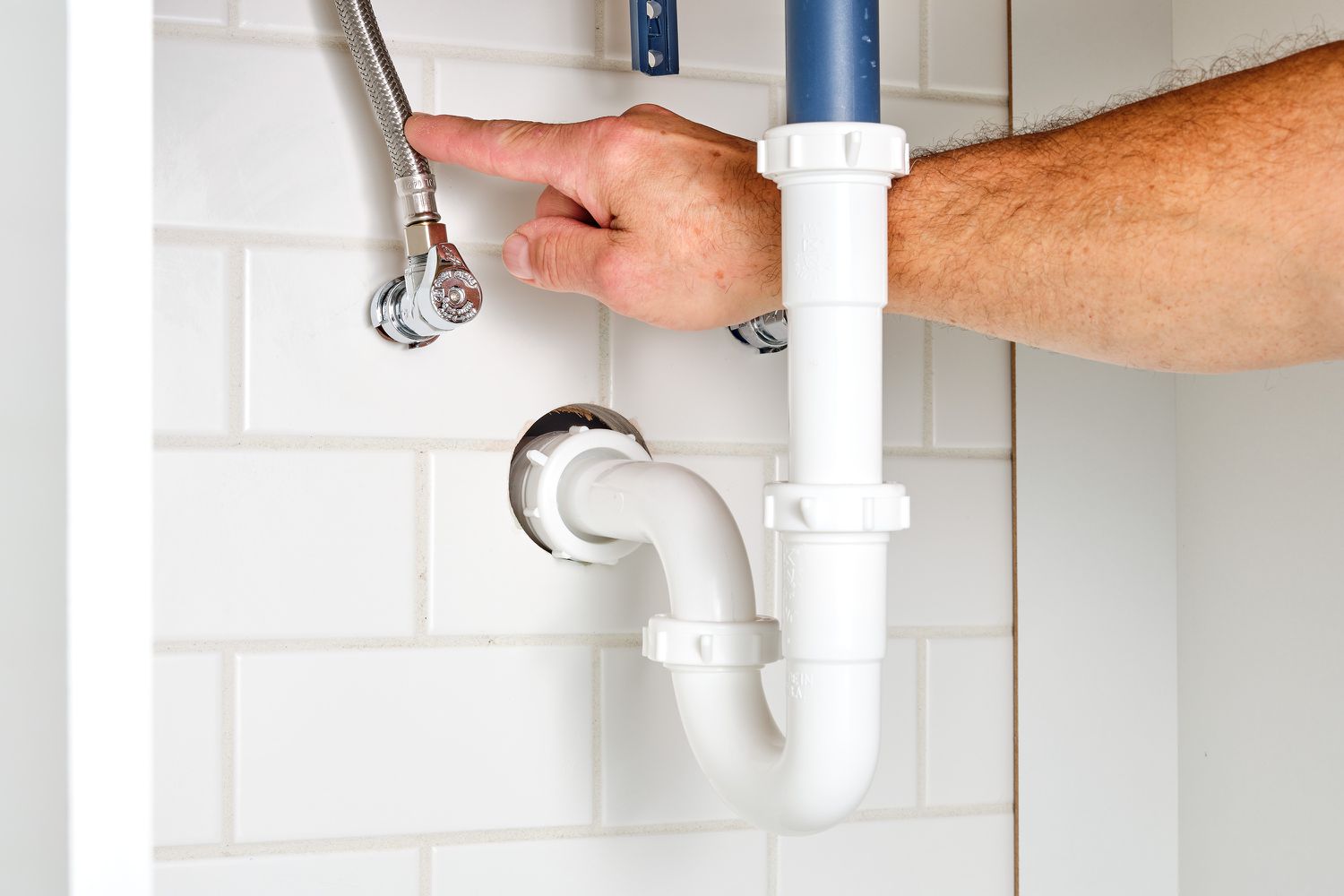
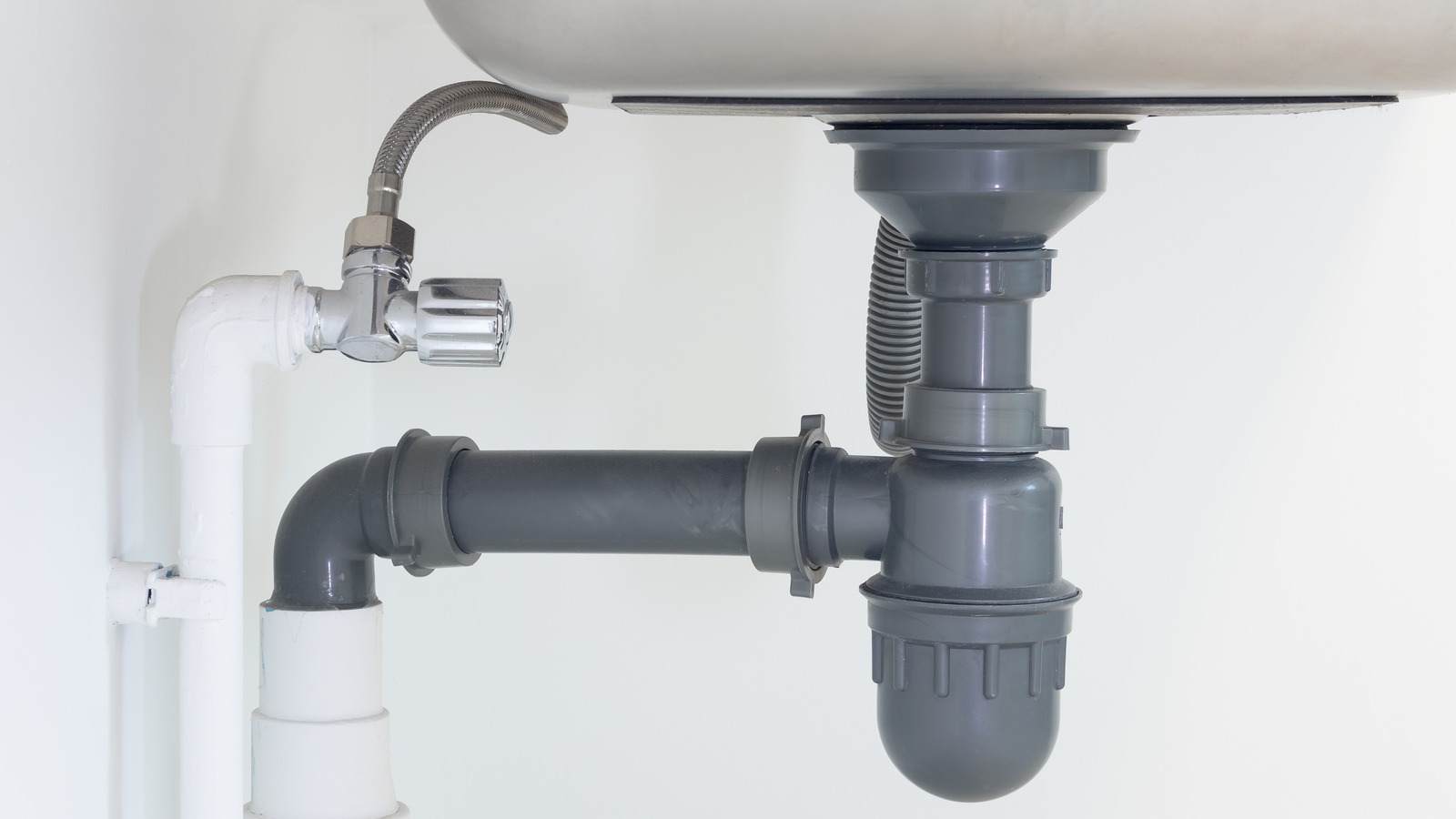
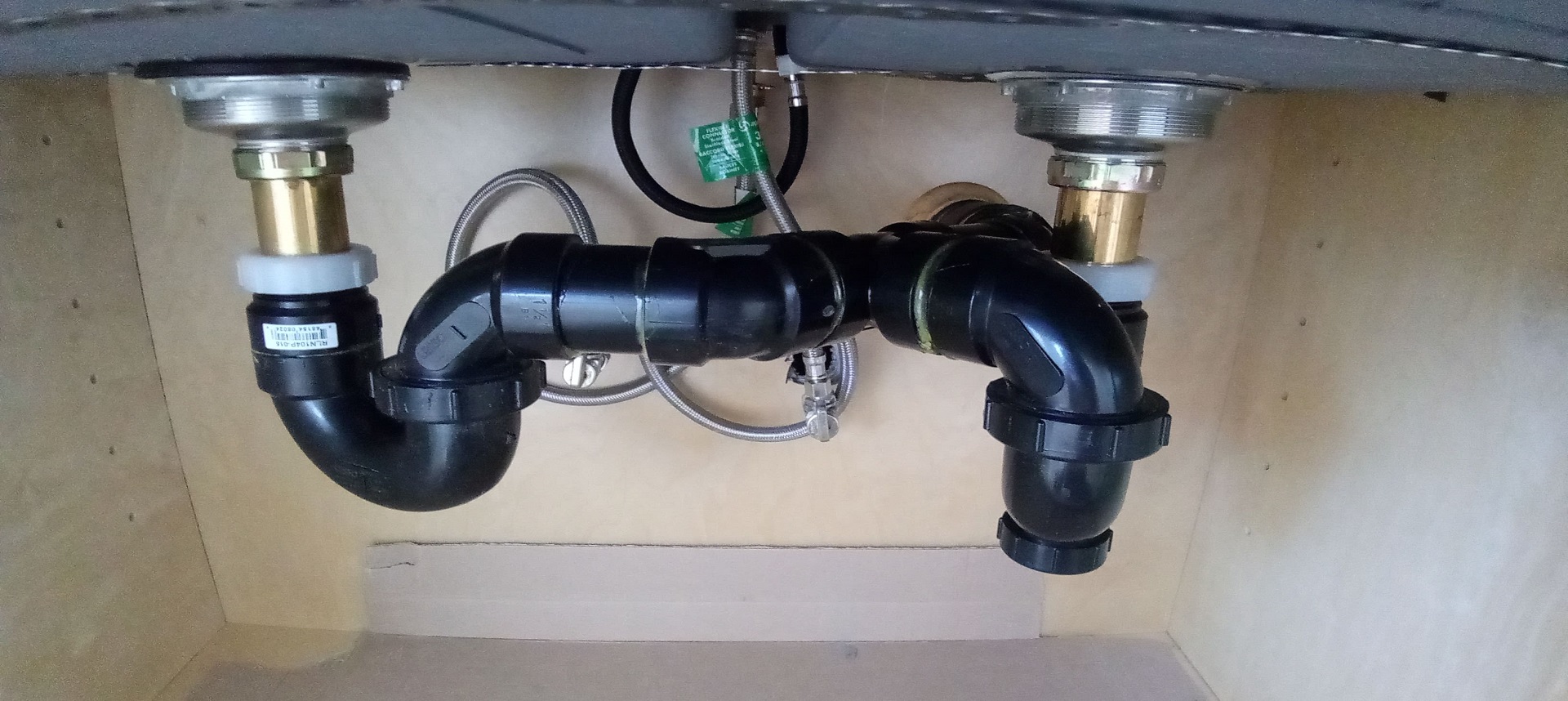
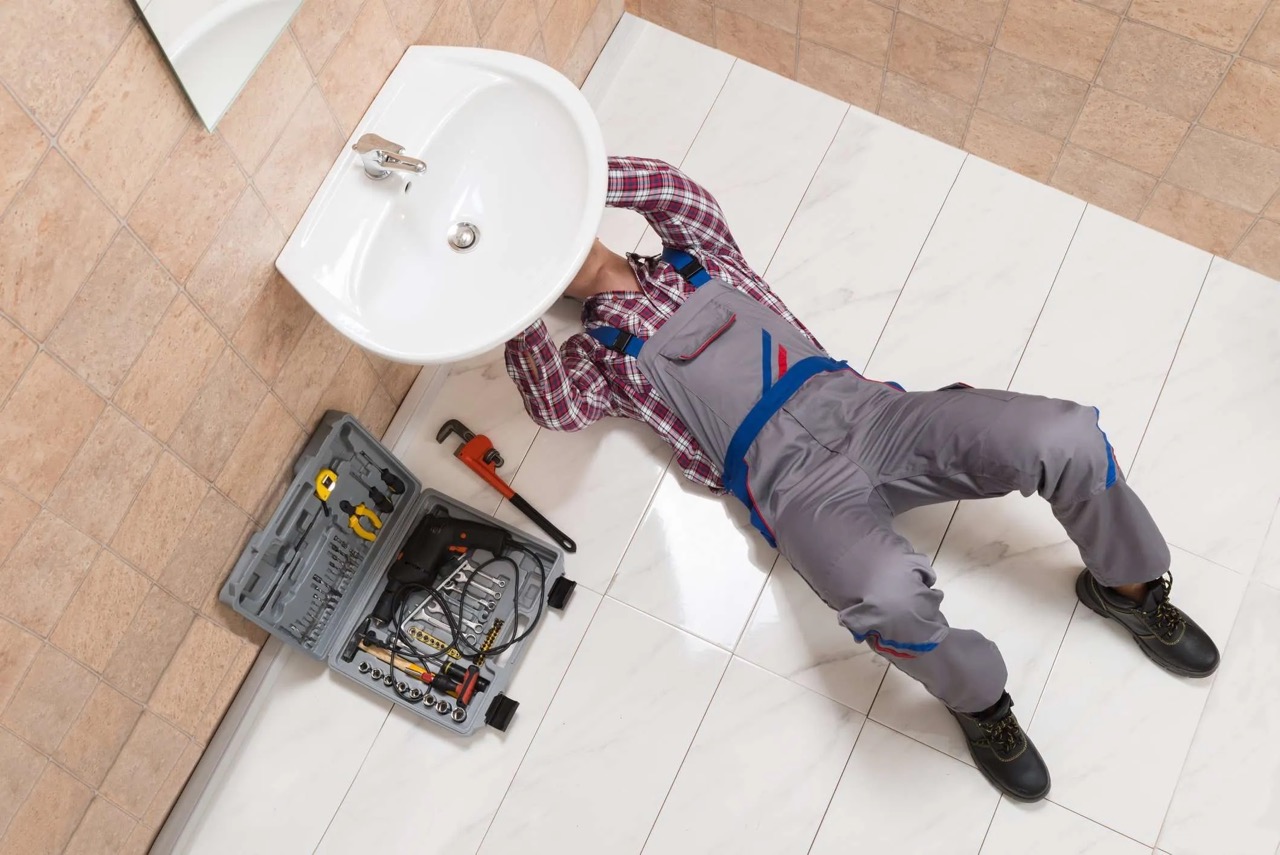
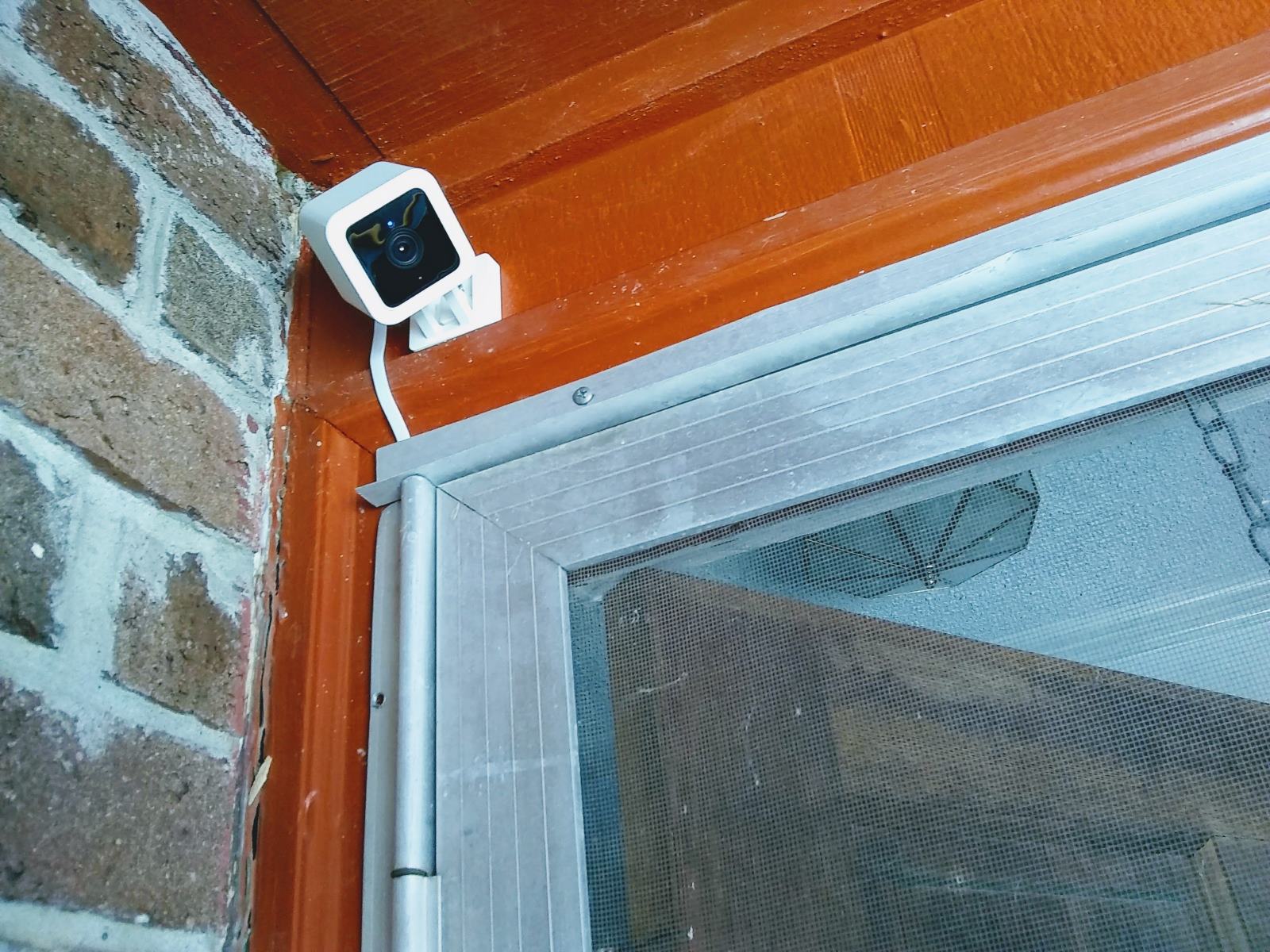
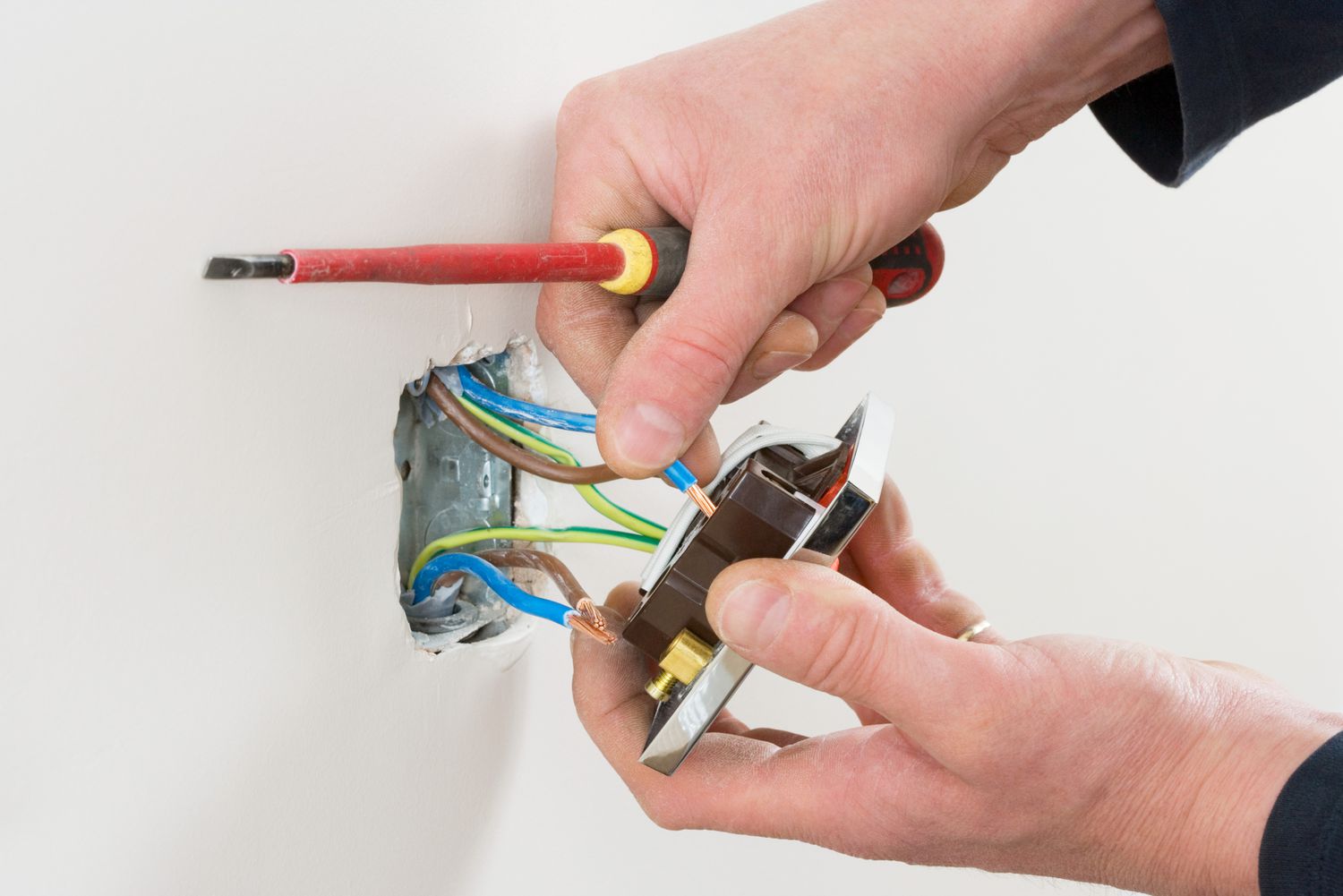
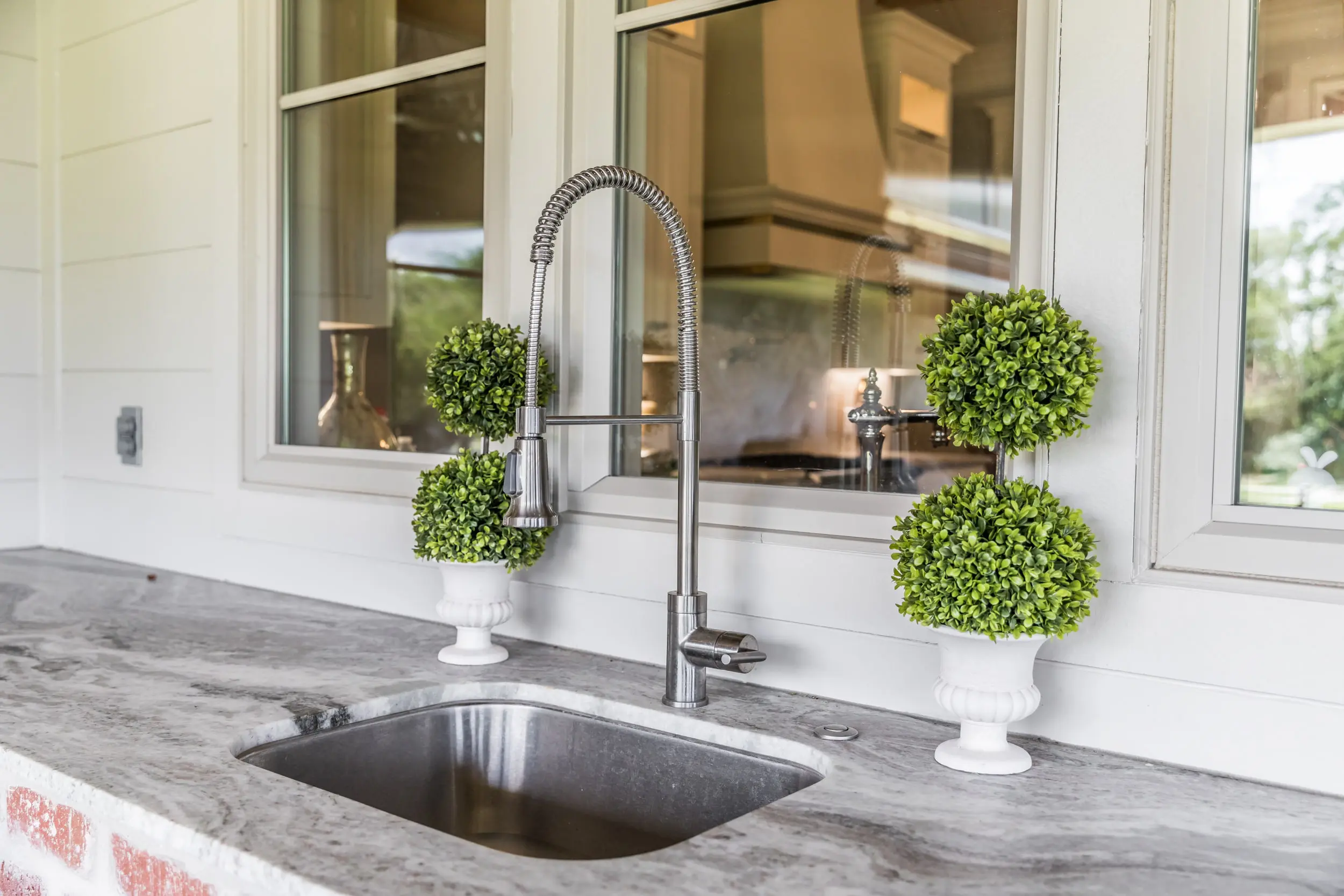
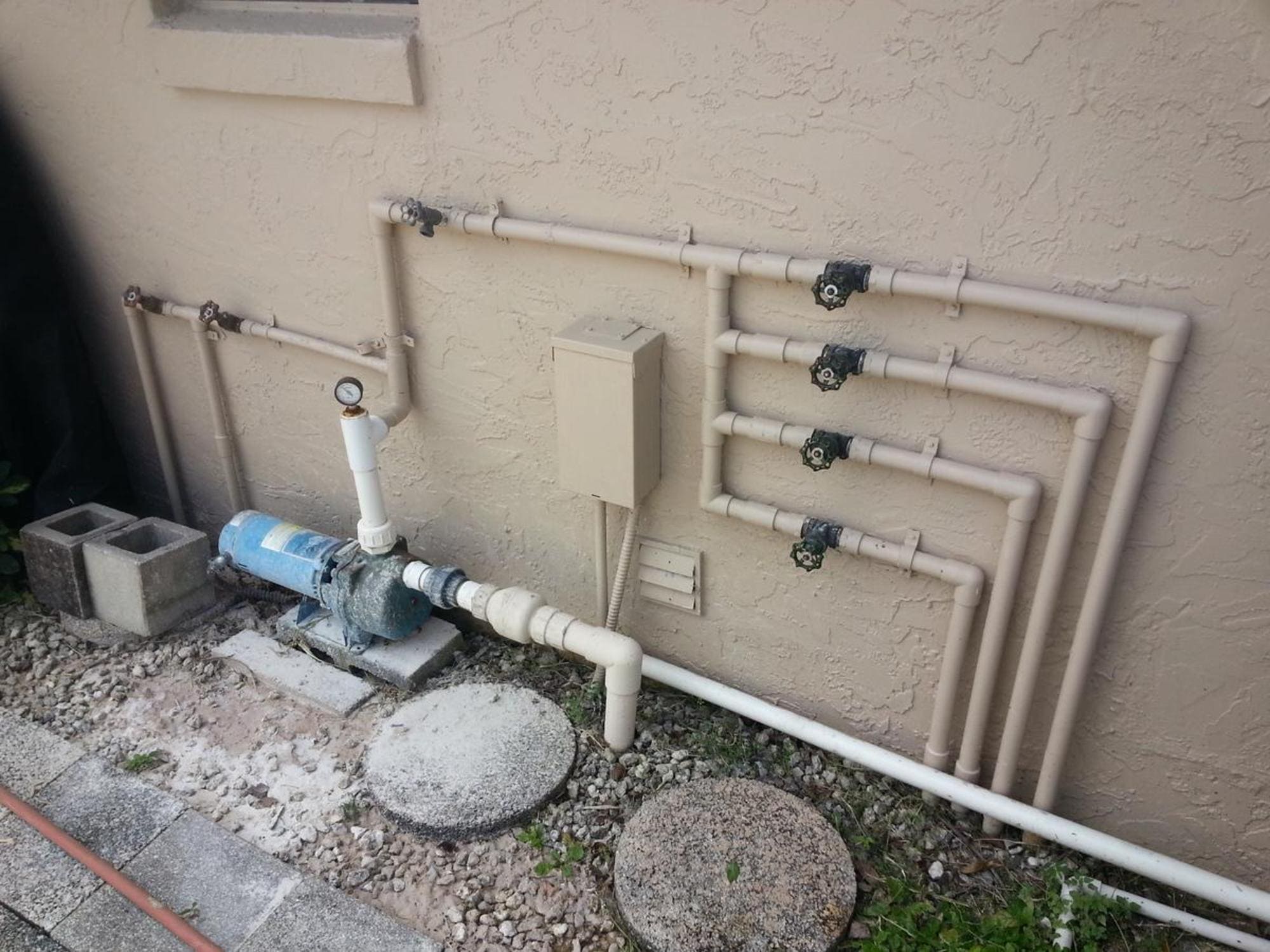
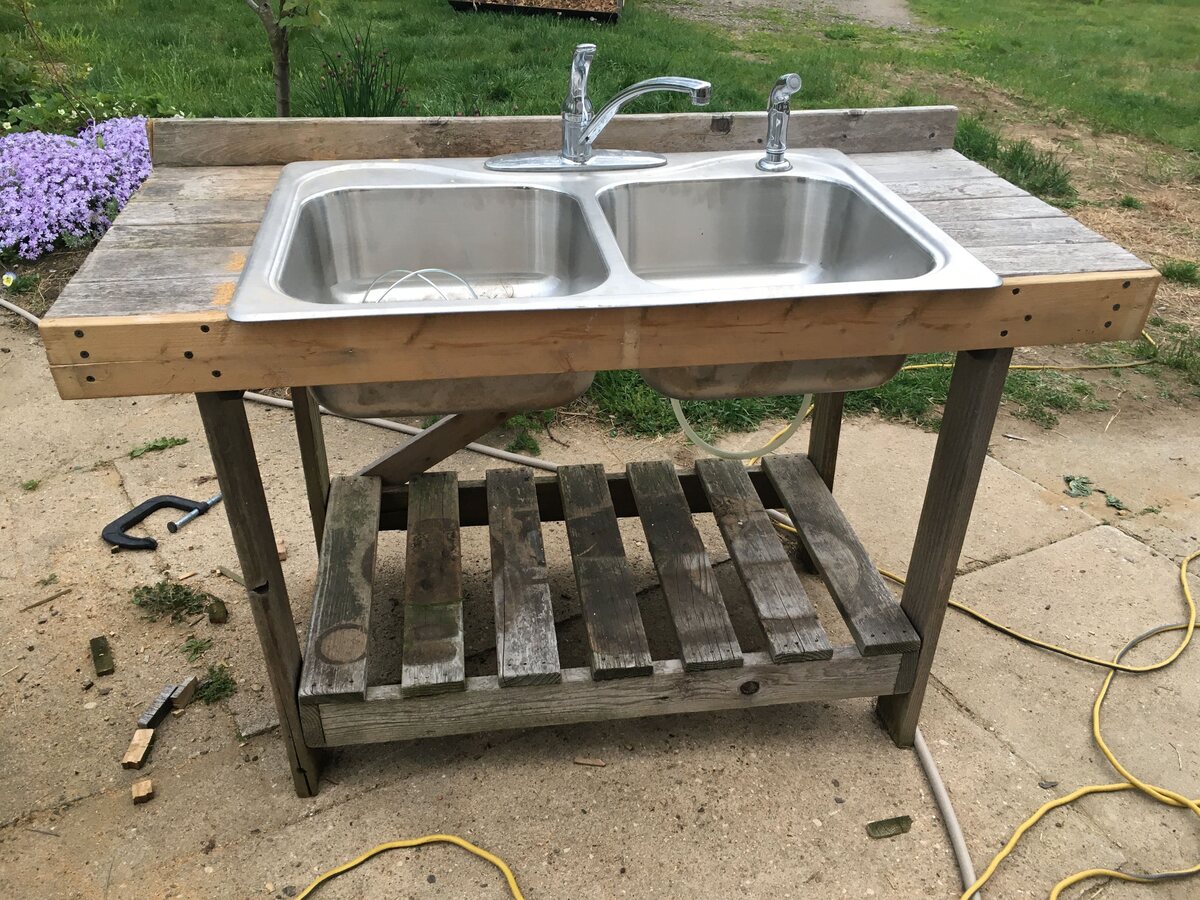
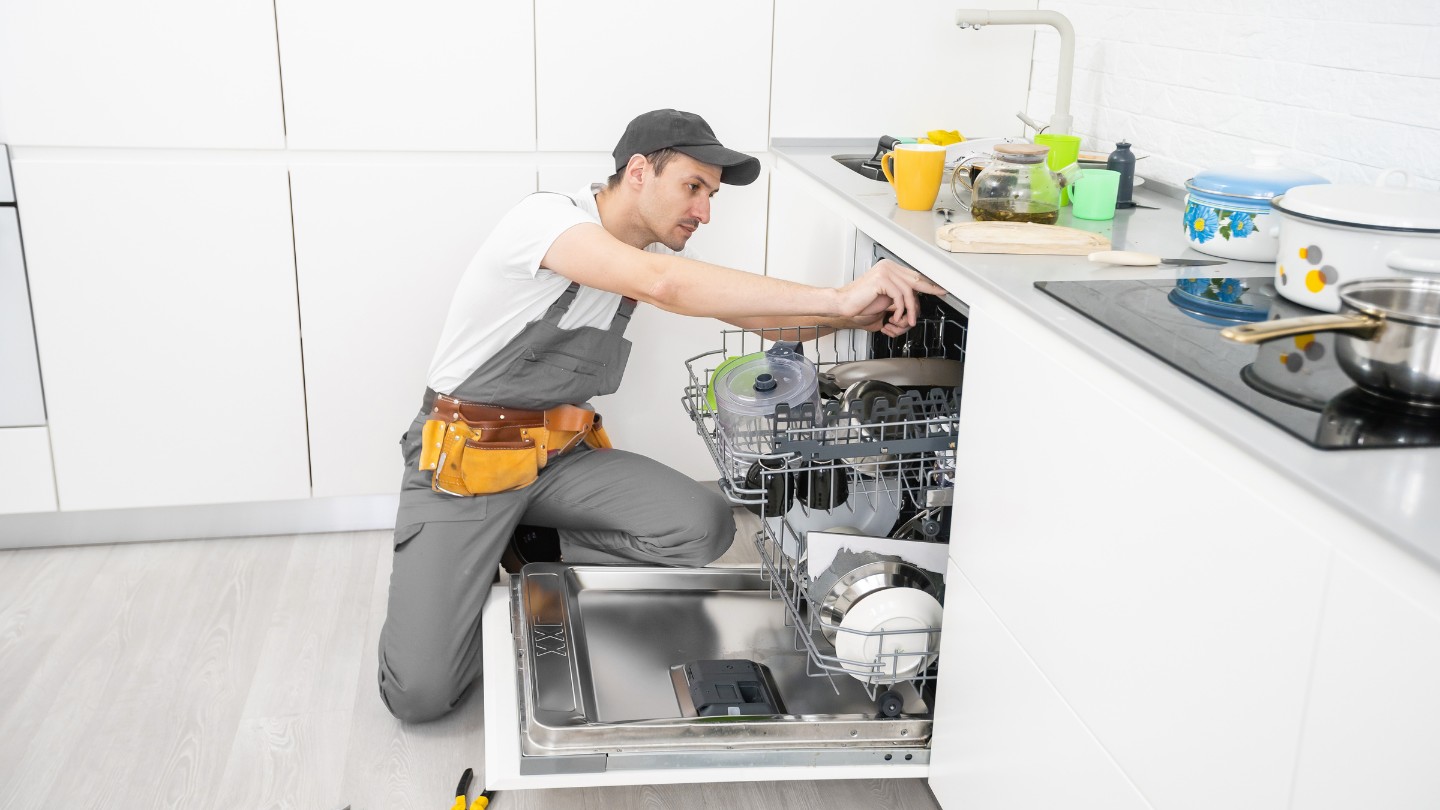

0 thoughts on “How To Run Plumbing For An Outdoor Sink”